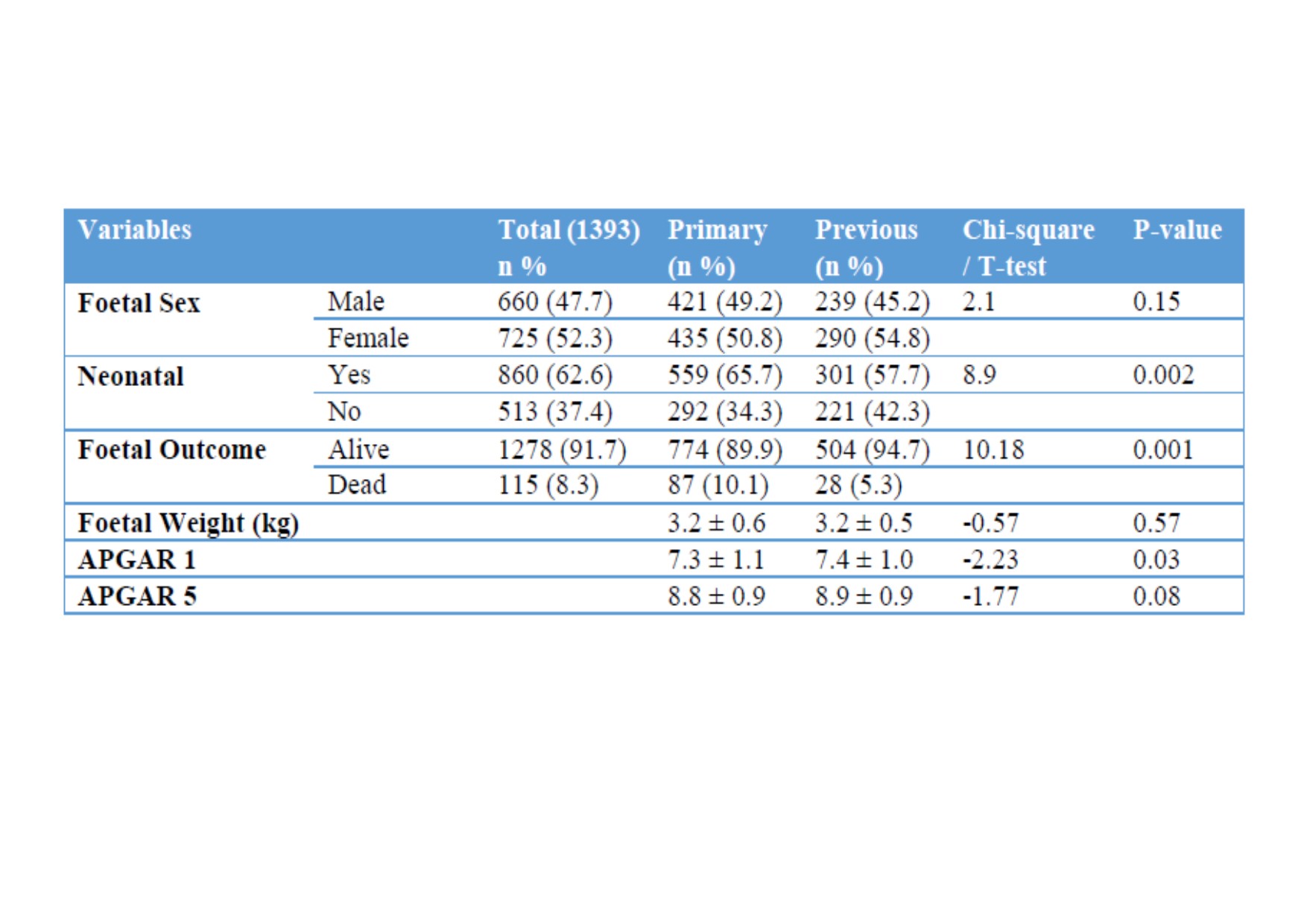CAESAREAN SECTION INDICATIONS AND OUTCOMES AT A PUBLIC HOSPITAL IN LAGOS, NIGERIA: A 2-YEAR REVIEW
CÉSARIENNE DANS UN HÔPITAL PUBLIC DU SUD-OUEST DU NIGERIA : UNE RÉVISION SUR 2 ANS
Abstract
Background: Caesarean delivery is one of the most commonly performed surgical procedures in obstetrics. This study was conducted to determine the caesarean section rate and indications for caesarean section at the study centre.
Methods: An institutional-based retrospective descriptive study of all caesarean sections with completed data in the case notes using a structured questionnaire to collect data. The Statistical Package for Social Sciences version 22 (SPSS) was used. A two-sided P-value, that is, p < 0.05, was considered statistically significant.
Results: During the study period, there were 4100 deliveries of which 1811 were caesarean sections giving a caesarean section rate of 44%. The commonest indication for primary caesarean section was cephalopelvic disproportion while a previous caesarean section was the commonest for elective caesarean section.
Conclusions: The caesarean section in this study triples the recommended upper limit by the World Health Organisation. Ensuring the woman merit the primary caesarean section, appropriate case selection for VBAC to reduce caesarean section, and good government policy to avoid incessant health care provider industrial action will contribute to the reduction in the caesarean section.
Keywords: caesarean section rate, incidence, indications, Lagos, pregnant women





